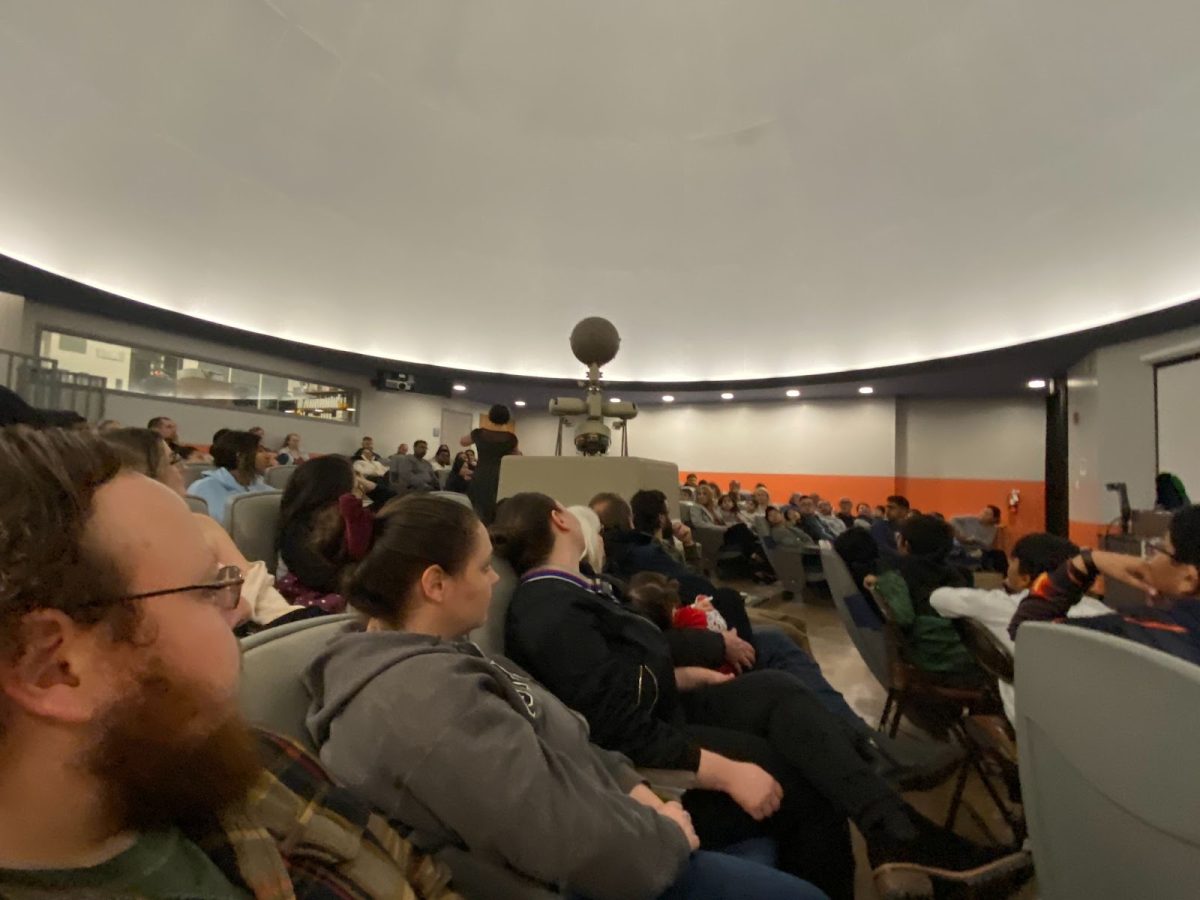As the weight of the semester starts to settle in, countless students will soon be faced with the age-old plight responsible for many last minute papers: do I start my homework now, or do I catch up on all that riveting television I’m behind on? While that decision is yours alone, another question may arise if you choose to do the latter: pay to watch it on traditional cable, or on a streaming site such as Netflix or Hulu? Oh, the drama.
Where you live, how you live and what you watch are determining factors in whether or not you remain tethered to your television. CSUN’s Student Housing offers a basic lineup with Time Warner (who has recently resolved their differences with CBS) that pretty much excludes everything over channel 80. This is suitable assuming you’re fine without premium channels (HBO), or specialized sports programing.
If you live off-campus, you have the freedom to bundle services such as cable and internet for a reduced price. This may be incentive enough to remain a subscriber, but if you’re constantly on the go or have access to Wi-Fi from another source, you’re probably paying for more than you need. With an active credit card and available Wi-Fi, streaming may be perfect for that downtime between classes.
Netflix, which was founded in 1997 as a DVD lender, launched its renowned online streaming service in 2007. For $7.99 a month, subscribers can watch movies and shows from Netflix’s syndicated library. Hulu was born that same year with a very limited selection of NBC Universal shows. Unlike Netflix, Hulu only makes available for free the most recent episode of a series, and runs interruptive commercials like cable TV. As networks like ABC and Fox were added to the lineup, Hulu began its Hulu Plus program that allows users access to full series and movies, still with “limited commercials,” for $7.99 a month.
Amazon became a contender in 2011 when it added more than 5,000 movies and television shows to its Instant Video feature of Amazon Prime. Though Instant Video is just one benefit of becoming a Prime subscriber, users now have access to over 18,000 movies and TV series available for online streaming. The price breaks down to a little over $6.50 per month ($79 a year).
However, just because a particular show is on one service does not mean another will stock the same. Production studios will often sell rights to their shows, sometimes exclusively, to streamers.
“I really wanted to watch ‘Community,’ but it’s only on Hulu. I bought a subscription about two months ago,” said Randy Martinez, an English junior, who also subscribes to Netflix.
Martinez said that Netflix takes a while to update its seasons, and the repetitious ads on Hulu are frustrating.
“Each has its own benefits, but I get super excited when Netflix sends me emails telling me when a new season of a show I follow is up. Cable doesn’t do that,” he said.
One thing that cable does allow, however, is the ability to pace yourself. “Binging” has become common in the streaming vernacular, referring to watching an entire season (and sometimes series) in one go.
“It depends on if I’m really into a show,” said Ari Mesa, a senior economics major who canceled her cable when she moved in with her boyfriend and co-workers. “It’s about seven or eight hours a week on average that I’m on Netflix. I spend more time with streaming than I did cable, mostly because I have more control over when and what I watch.”
While streamers have also started to make waves in the original content pool with critically-acclaimed shows like “Orange is the New Black” and “House of Cards,” there is still a stronghold for cable.
“To be honest, I think sports is the only reason most people still have a cable box,” said David Seang, senior art major and football fan. “You can stream it online, but it’s another service you have to pay for. Unless you have really strong internet, it’s not worth it. We’re not there yet with the technology for it to be worth it.”
Fret not if you’re still bound by your DVR: most providers let you record and re-watch programs, and often have a few on demand for free. If you’re okay with sharing, having a joint streaming account with friends is a common way to split the cost of entertainment. If you’re really okay with sharing, torrenting is another alternative (that we at the Sundial would never endorse).
As cable costs become non-competitive with subscription sites, the future may require a stronger Internet connection than ever before.





